THE VOICE FOR THE ENERGY CONSUMER
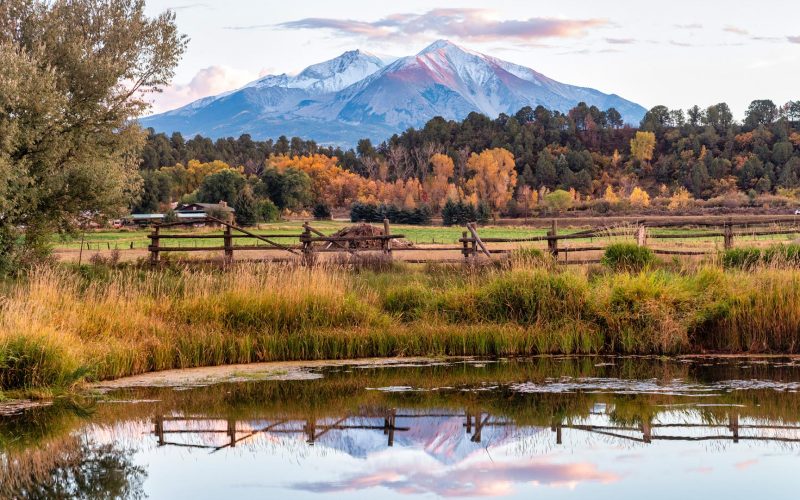
Andrew Browning, CEA’s Executive Vice President, was quoted on the recent release of CEA’s “The Importance of Affordable and Abundant Oil and Natural Gas for Colorado” report. “Colorado has fast.

The energy sector will play a crucial role in the future of Ohio’s economic development, industry leaders and politicians agree, especially as petrochemical and gas-powered energy plants come online in.
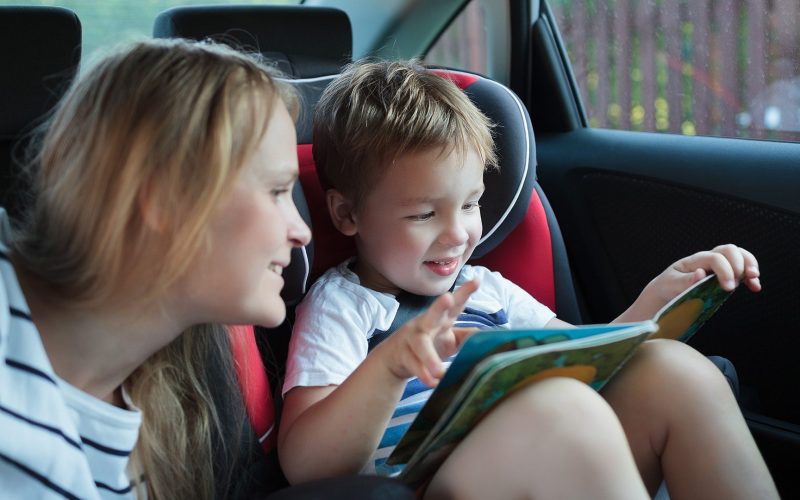
While at Shale Insight, CEA’s Mike Butler had the opportunity to discuss one of CEA’s most recent reports, “Powering West Virginia,” with The Dominion Post. Shale gas talk usually focuses.

MONTICELLO, M.N. — U.S. Representative Tom Emmer and State Representative Nick Zerwas were joined by business leaders, labor leaders, policymakers and academia today to discuss the need for bipartisan and.

Speakers at CEA’s 2018 Ohio Energy and Manufacturing Forum focused on the need for embracing an energy dialogue that allows for a diverse mix of energy resources to make the.

PITTSBURGH, PA – Thanks to increased production and new technologies, which have decreased the price of natural gas, consumers from Ohio, Pennsylvania, and West Virginia saved more than $75 billion.
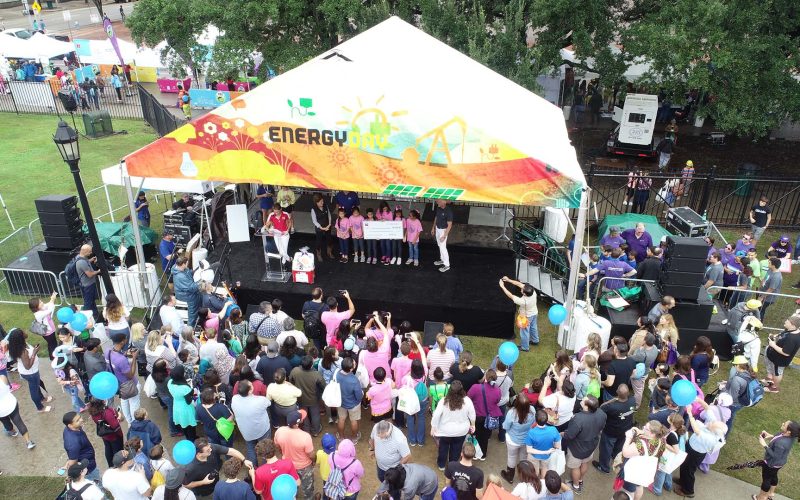
HOUSTON – October 20, 2018 – Families, students, educators, and local industry leaders gathered at Sam Houston Park in downtown Houston this past Saturday for Houston’s Eighth Annual Energy Day.
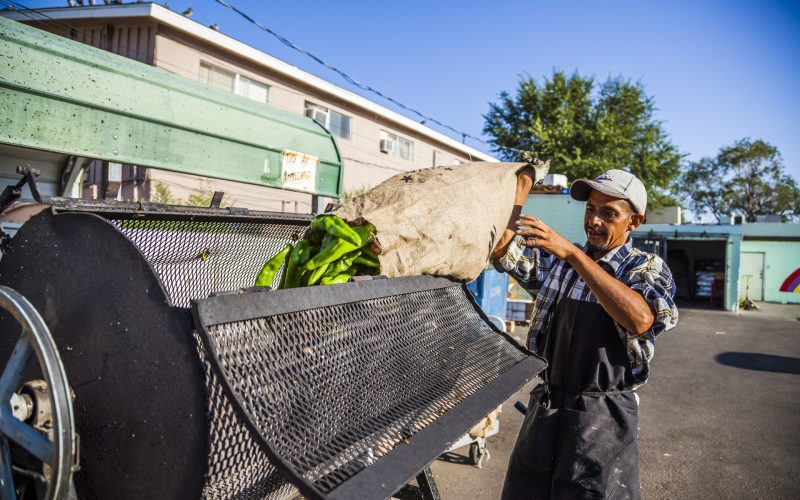
Consumer Energy Alliance recently joined the New Mexicans for Energy Prosperity to highlight the importance of energy development to New Mexico’s economy and how we can continue to prosper from.
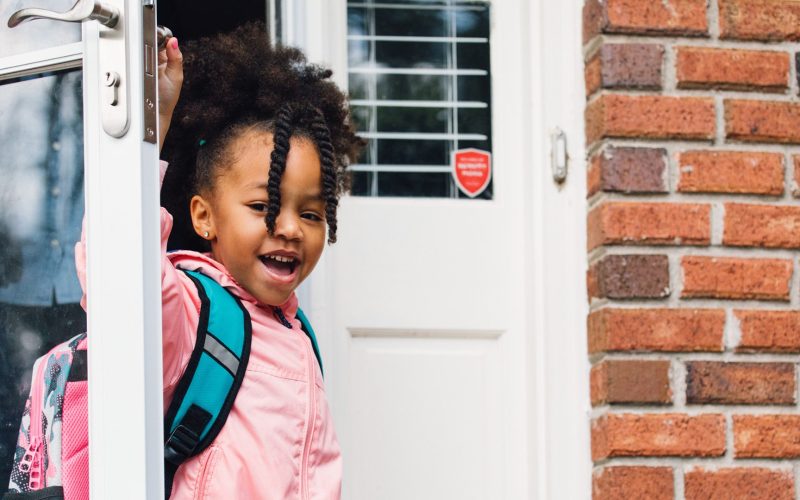
Developing good energy-saving habits is essential for many reasons. Not only will it help to lower your utility bills, but it is also vital for the continued health of our.
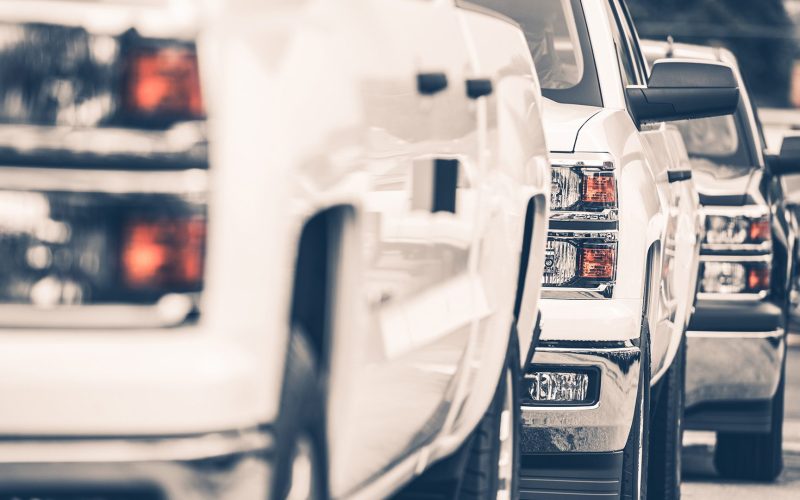
As new pipeline construction begins across the region, bringing more jobs with better wages, small businesses are seeing increases in sales. Thousands of pipeline workers are in West Virginia. Employees.